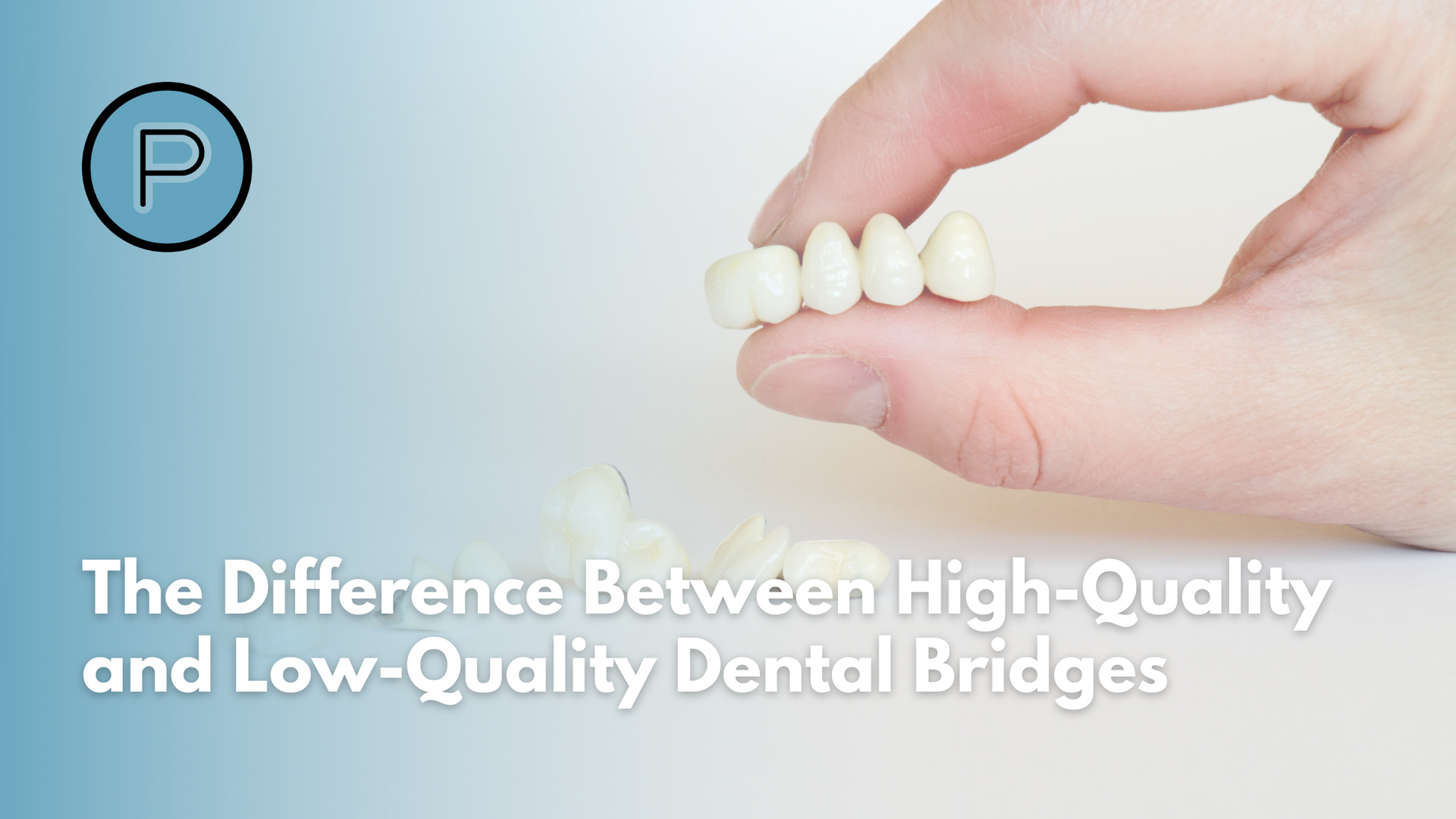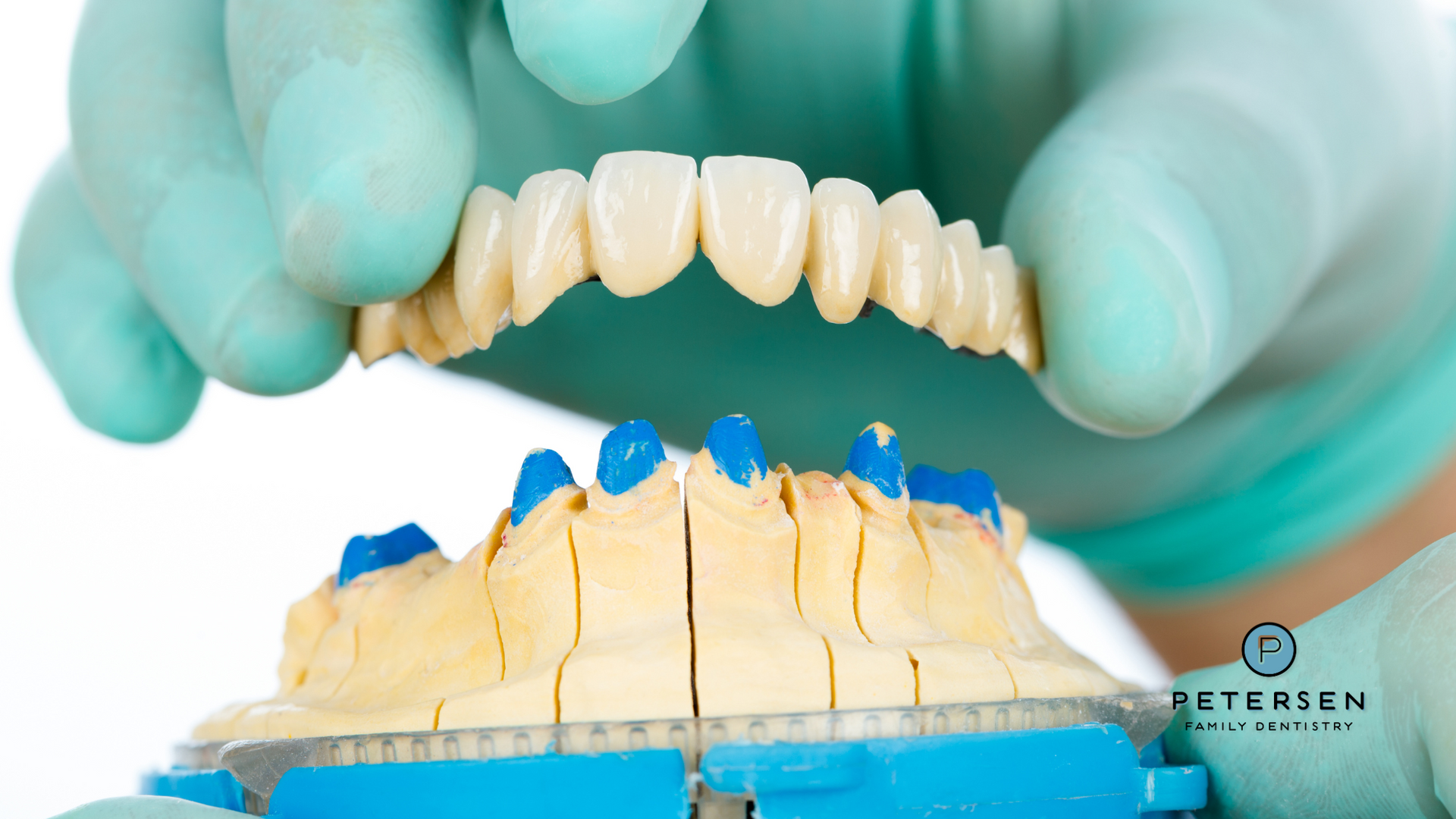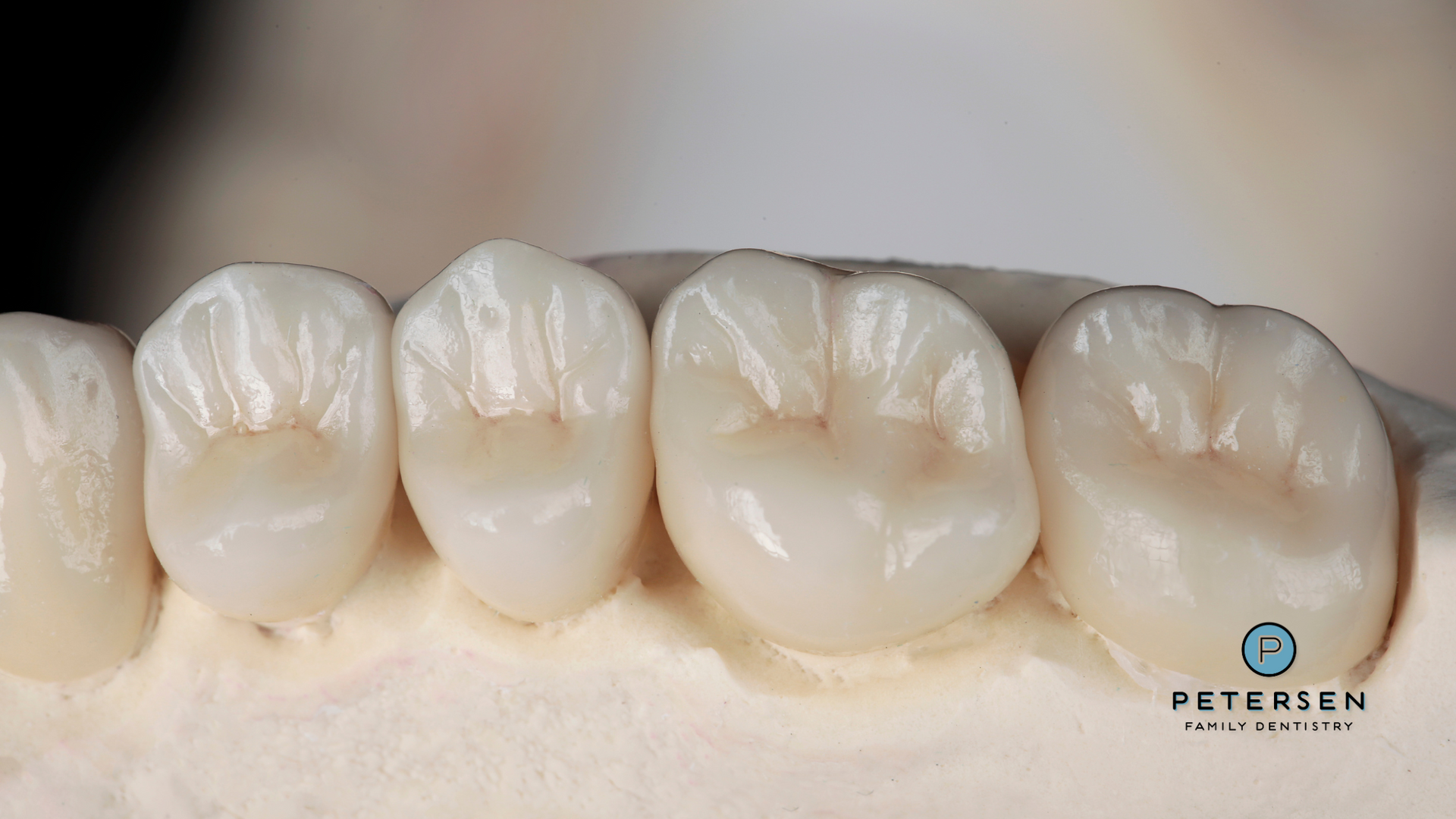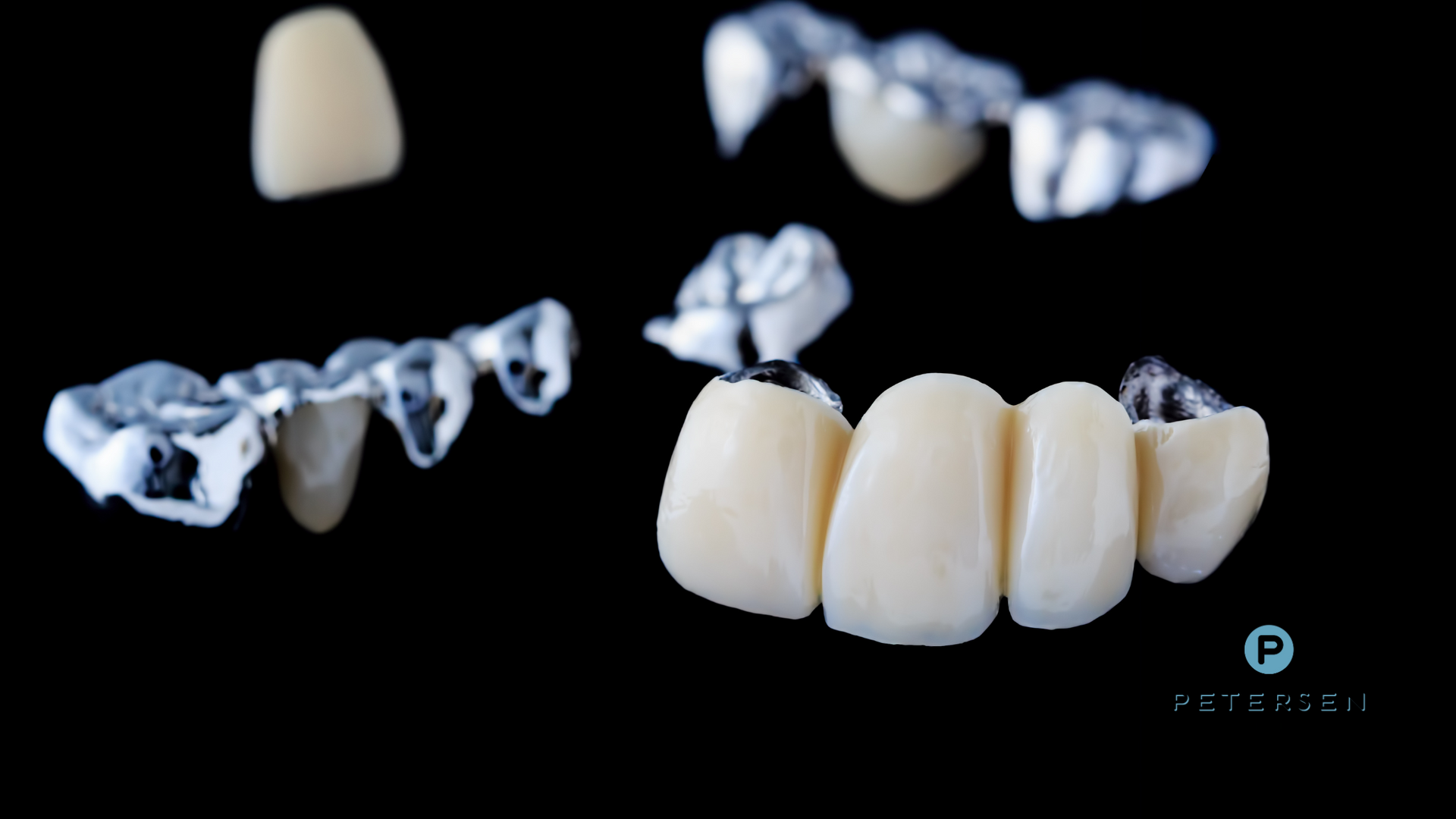The Difference Between High-Quality and Low-Quality Dental Bridges

Source: Dr. Marketing
Human teeth have developed to be quite strong and resilient. Over the course of your life, they will endure countless pounds of pressure from your jaw as they make contact from, biting, chewing and clenching your teeth. Fortunately, their strength and durability can be prolonged by consistent oral health care management at home (brushing, flossing, etc.) in addition to keeping your regular dental appointments.
However, your teeth are not invincible, nor are the gum tissues and jaw bones that anchor them. Factors like improper care, periodontal disease or even your genetics can harm teeth to the point where you need to have a dental extraction done. Furthermore, teeth can be lost in other ways such as from injury or trauma.

Losing a permanent tooth in your adult years can be a rather stressful experience, and the potential for it happening becomes more likely as you get older. Luckily, there are many options available to you when it comes time to replace a tooth that has been extracted or otherwise lost. One of the most popular alternatives is a dental bridge. Unlike partial replacement dentures, bridges are permanently affixed to the natural teeth that once neighboured the missing tooth.
Unfortunately, not all dental bridges are made equal. There are indeed high-quality dental bridges as well as low-quality dental bridges. In fact, quality can sometimes vary in large amount – both in terms of materials and how a dentist applies the dental bridge. Below are some of the ways to tell the difference between high- and low-quality dentures.

Color
One of the many advantages of a dental bridge is that a skilled dentist can make it blend in with your existing teeth for a natural look. They do so by designing the materials to match the shade of those teeth. This makes it less likely that others will notice you have had a tooth replaced.
However, if a bridge does not match the color of the rest of your teeth, it may be a red flag. It may mean that your dentist does not have the necessary expertise in installing bridges, leading to low-quality performance.
Fit
Dental bridges are affixed to neighboring teeth by crowns. To ensure they fit properly, these teeth will be shaped and treated by the dentist, and the bridge will be customized to rest comfortably upon them.
However, if you think a bridge looks or feels out of place, your instincts are probably correct. Low-quality bridges may cause friction against your cheeks or affect your bite. This might occur if the bridge is improperly customized, or not customized at all.

Bridges generally take multiple dentist visits to allow for proper planning, fitting and installation. If a dentist or company offers “fast” or “1-day” bridges, they may be of dubious quality or increase the likelihood of a poor fit.

To learn more about bridges or schedule a consultation for a high-quality dental bridge call Petersen Family Dentistry at (720) 308–9798 or reach us online today. We are a family, implant, and restorative dentistry practice providing compassionate, custom care.



